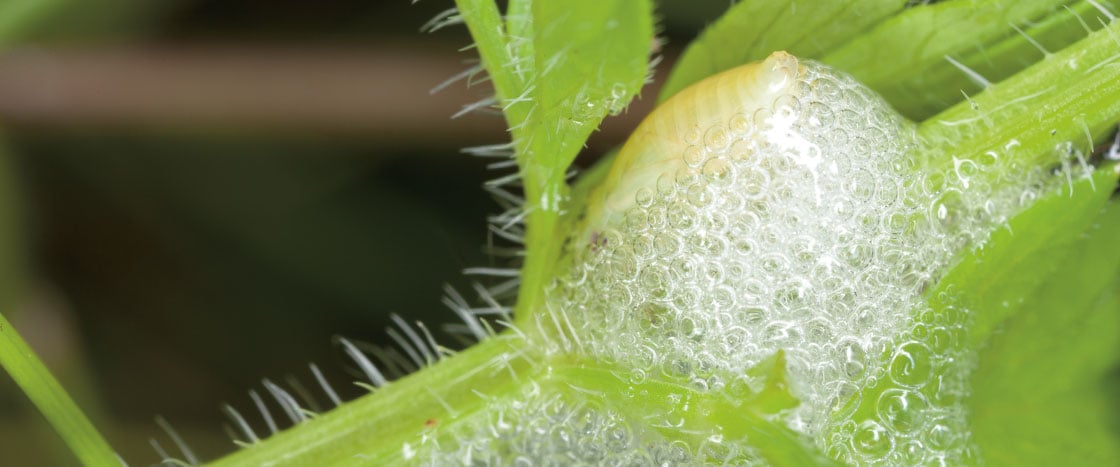Bernard Lynch/Getty Images
1. Home: ______ a place that’s important to all kinds of creatures, not just humans. A home keeps an animal safe, protecting it (and ______ babies) from predators, the weather, and other threats.
2. A spittlebug builds ______ home from bubbles of air and pee. This moist, foamy home will protect ______ tiny body from drying out.

